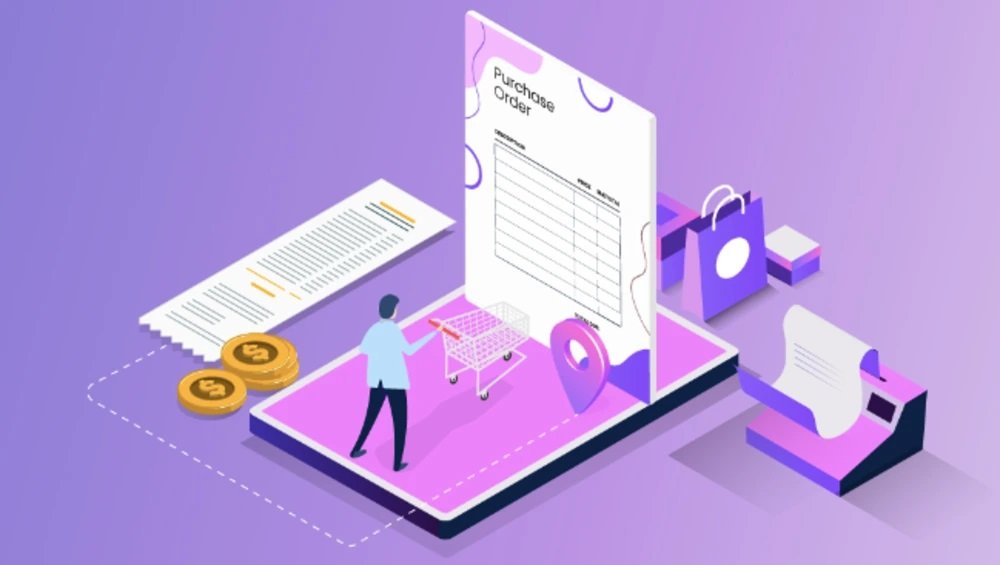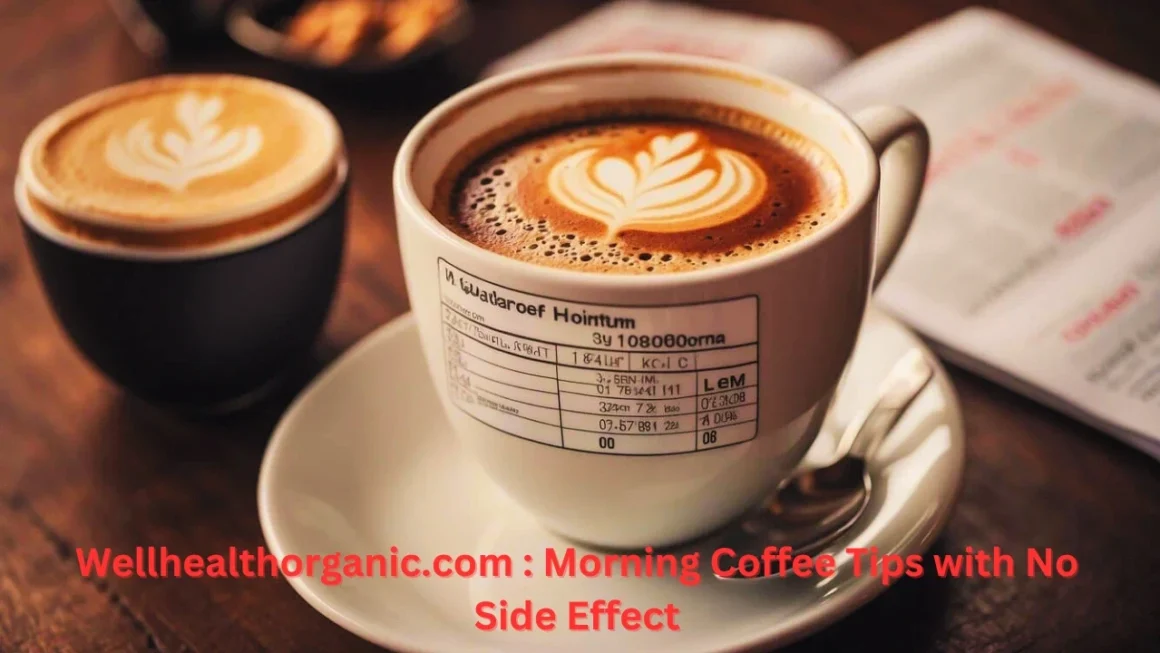In any business, an efficient purchase order (PO) process is the backbone of smooth procurement operations. It ensures that goods and services are acquired systematically, approvals are tracked, and payments are processed without delays. However, a streamlined PO process relies heavily on having the right documentation in place. From initiating a request to finalizing a transaction, the following eight essential documents will keep your procurement on track while minimizing errors and miscommunication.
1. Purchase Requisition
The journey begins with a purchase requisition, a formal request made by an employee or department to acquire goods or services. Often confused in the debate of purchase requisition vs purchase order, the requisition is an internal document signaling a need, while the purchase order is an external commitment to a supplier. This document outlines what’s needed, why, and the estimated cost, setting the stage for approval.
2. Request for Quotation (RFQ)
Once the requisition is approved, the procurement team may issue a Request for Quotation (RFQ) to potential suppliers. This document solicits pricing, delivery timelines, and terms, allowing businesses to compare vendors and make informed decisions before committing to a purchase. Additionally, companies can print cards online to create professional RFQ documents or supplier credentials for streamlined procurement processes.
3. Purchase Order (PO)
The purchase order is the cornerstone of the procurement process. Unlike the purchase requisition, which is internal, the PO is a legally binding agreement sent to the supplier. It details the items or services ordered, quantities, agreed prices, and delivery instructions. A well-crafted PO ensures clarity and reduces disputes down the line
4. Supplier Quote or Contract
Before finalizing the PO, businesses often rely on a supplier quote or formal contract. This document, provided by the vendor, confirms pricing, terms, and conditions. Including it in your documentation review process ensures alignment between the PO and supplier expectations.
5. Goods Received Note (GRN)
Once the goods arrive, a Goods Received Note (GRN) is essential. This document verifies that the delivered items match the PO in terms of quantity, quality, and specifications. It’s a critical step in the documentation review to confirm compliance before processing the payment.
6. Invoice
The supplier’s invoice follows delivery and requests payment for the goods or services provided. It should mirror the PO and GRN details. Cross-checking the invoice against these documents during the documentation review prevents overpayments or discrepancies.
7. Delivery Note
Supplied by the vendor, the delivery note accompanies the shipment and lists the contents of the delivery. It acts as a checkpoint to ensure that what was ordered matches what was shipped, making it indispensable for reconciling orders.
8. Payment Receipt or Proof of Payment
Finally, a payment receipt or proof of payment closes the loop. This document confirms that the supplier has been paid as per the invoice terms, providing a record for both parties and ensuring financial transparency.
Why These Documents Matter
Understanding the distinction between purchase requisition vs purchase order is just the beginning. Each document serves a unique purpose, collectively creating a paper trail that enhances accountability, reduces errors, and streamlines workflows. Regular documentation review at each stage ensures accuracy, compliance, and a seamless process from requisition to payment.
Conclusion
A smooth purchase order process isn’t just about placing orders—it’s about having the right documentation to support every step. By mastering these eight essential documents, businesses can optimize procurement, foster better supplier relationships, and maintain control over spending. Ready to refine your process? Start by auditing your current documentation practices today.



